2. SEA GLASS
Note 1 I give Amazon.uk pricing as a simple standard for new / used prices. Obviously Amazon.com is also worth comparing, as is Abe UK or US. With Abe watch out for the shipping costs. An apparently ‘bargain’ book may have a loading on the shipping, which (unlike Amazon) are not standard.
Note 2 You will see that I have included books that have had bad reviews as well as good – compare books 1 and 2 below – so that you are forewarned…

PURE SEA GLASS
RICHARD LAMOTTE
Amazon UK £22; new / used from £14
Amazon UK Reviews 1 x 5*
Pure Beauty “I loved this book… Sea glass is fantastic and this book shows you how to recognise each colour, although in reality there are thousands of hues! I loved the photographs in this book and it made me surf the Internet for sea glass collectors, sites etc.
Amazon.com reviews: 70, average rating 4.9 out of 5*. Here are a few nibbles
Discovering Nature’s Vanishing Gems “This is an excellent volume, especially for beginners… A major attraction is that there are over 150 exquisite and elegant photographs… presenting some of the beat specimens ever collected, along with a vast array of classical glassware from around the world that is often its source. The book is a comprehensive guide, chock full of information on finding and identifying these gems, the bits of aged glass, enhanced by years beneath the sea or caught in the tides that wash our coasts. There are 224 pages with chapters on the history of sea glass and the history of sand, (fascinating), different types of glass, (bottles, containers, tableware, utility and flat glass, like window glass – plain and stained, marbles, insulators and bonfire glass – from ship and shore, etc) & appraising rarity, along with many other interesting topics”
Simply Exquisite “…a must have for all the beachcombers who wander the strands of the world, bending to pick up those gorgeous fragments of glass. It offers history & facts about the globs of glass washed up by the waves, as well as page after page of exhilerating colors & shapes the glass comes in, & images of the seashore”
 SEA GLASS HUNTER’S BOOK
SEA GLASS HUNTER’S BOOK
C.S.LAMBERT
Amazon UK £8.54, new/used from £5.07
This book has divided readers. It’s worth bearing in mind that it costs a lot less than most, so it can’t be expected to be as lavish. but still… here’s a flavour. I rather enjoyed the two snidey reviews, I’m sorry to say
Amazon.com reviews: 9, average rating 3.7*
The Good Review “It’s exactly what I hoped — SGHH is a celebration of sea glass hunting. Simply put: the book is stunning. As a previous reviewer noted, this is not a “how to” book nor a map (although it does list exceptional locations around the world); rather, it is like a piece of sea glass itself: beautiful, tangible, a treasure. Chapter 1 the world of sea glass; 2, origins; 3, methods for hunting; 4, lexicon; 5, etiquette & laws; 6, destinations. It’s digest size, hard bound & first class… I strongly recommend it for anyone who truly loves sea glass or who would like to share the passion with others
The Model Sniffy Review Intended for total novices, not for a true sea glass hunter… mostly a very broad overview of the sea glass experience, basically nice small pictures in color of perfect pieces of sea glass etc. The book is very small, the type of thing you find in a hallmark gift shop in the mall, designed obviously for gifting to a hospital patient or homebound person, a little birthday type gift, would be nice to give to someone at christmas time that has no idea what seaglass is, or for a pre-teenager to early teens in reading level perhaps. I had too high expectations for this book… it’s just a little puff piece. If you seriously collect sea glass and actively pursue this with any passion, you won’t find anything in this tiny volume of importance that you don’t already know”
The Serious Panning “Ho Hum. The most remarkable thing about this book is how undistinguished it is. A book on sea glass should either be beautifully designed or loaded with useful information, or both. This one is neither. The visual appearance is not unlike what one might expect in a high school project. In particular, the extensive grab bag of colorful and unrelated fonts is amateurish to the extreme. There’s a dearth of information for something purporting to be a “handbook”. The author has thrown together a variety of snippets seemingly without the benefit of an organizing thought process or theme. You can skim this skimpy volume or better yet you can simply skip it – I wish I had. Read Pure Sea Glass by Richard LaMotte instead (see review above. rh)
 SEA GLASS CHRONICLES
SEA GLASS CHRONICLES
C.S.Lambert (Author) Pat Hanbery (Photographer)
Amazon UK £17.32 new / used from £12
1. The Overwrought (Suspected Publisher’s Puff) “Hunting for sea glass treasures and safeguarding the hiding places where these precious images of the past wash ashore, are passions among the beach-faithful… This hunger for sea glass is a natural progression… blah…ageless hobby of beachcombing as an anthropological art…blah…this lovely book is a terrific and meaningful gift… blah..those dazzling little pieces of glistening remnants leftover after the sea has abused them as a worthwhile hobby and aesthetic pastime…blah…before being rescued by the beachcombing enthusiast. Holiday gifts, coffee table conversation table toppers or inspirational reading…blah…a book to treasure just like the mysterious particles described between the book jacket covers”
2. The Enthusiast “I love this book. It has a unique perspective – the history of objects from another time – which have washed up on our shores. It is remarkable that a history could be written about a shard of glass. The author manages to trace back through infinitesimal clues the origin and use of what to most is just colorful detrius. The text is very brief and poetic but also informative. The photographs beautifully enhance the found objects. They are insightful and clever, and the quality and sharpness is always first rate”
3. The Pragmatist “I am delighted with this book. Large clear artistic photographs illustrate the research. I have learned a lot about the origins of the beach found objects. To my suprise one of my prized found objects is featured – a Lea & Perrins glass bottle stopper, and I now know it dates from 1876 onwards. I shall be looking out for some purple glass – the rarest colour of all! The text explains why it is so rare. Not a craft book, but a book of answers and interesting facts to inspire the collector”
4. The To-the-Point “Useful purchase beautifully illustrated with creative thought provoking ideas of what can be found on the sea shore and what can be made from what is essentially waste”
And for those that have found glass and want to know what they can do with it, the later companion volume to Sea Glass Chronicles…

A PASSION FOR SEA GLASS
C. S. LAMBERT AMY WILTON
Amazon UK £19.99 new/used about £15
REVIEW CLIPPINGS
“Heaven is sea glass shaped What a wondeful book that transports the reader to a heaven of sea glass images. I thought I was the only weird person, searching the shore line like an oyster catcher, looking for elusive pieces of wave-worn glass and pottery shards. This book shows me there are other like-minded persons who have taken their search to a whole new creative level by fashioning the most beautiful and imaginative pieces of art from their finds”
“Beautiful images A treasure for any sea glass lover. The images are beautiful and the ideas are creative and inspiring. A wonderfully readable picture book.”
“A fine guide for any art or photography collection Amy A. Wilton provides the stunning photos for A PASSION FOR SEA GLASS, a survey of major sea glass collectors and the workshops of artisans who use the glass to provide everything from sea-glass windows to mosaics, ornaments and more. It complements Lambert’s 2001 SEA GLASS CHRONICLES, which covered collection and identification of sea glass, and adds a new dimension of usage and conversion making this a fine guide for any art or photography collection”
“A worthy sequel to “Sea Glass Chronicles” Author C.S. Lambert and photographer Pat Hanbery showed us the beauty of those colorful beachside finds in “Sea Glass Chronicles: Whispers from the Past.” Now Lambert has gone one step farther by documenting what avid sea glass collectors do with all of their treasures. The people we meet on these pages make jewelry or wind chimes or mobiles. They assemble mosaics on tabletops or walls. One artist crafts panels that look much like stained glass windows, until you examine them more closely. And those are just some of the projects featured in this book. While a few of the profiles include directions for making your own artwork, the focus here is on beauty and art and imagination.”
“A must for Sea Glass Lovers I received this book as a gift, and absolutely loved it. I found it interesting to see what other “seaglunkers” did with their collections to display them, where they found their pieces, and enjoyed the beautiful pictures and narrations throughout the book. It is beautifully photographed with great text from the contributing artisans. Terrific craft ideas and suggestions, much more than a tabletop book and well worth the investment”









































































































![Cyphoma gibbosum shells [Cheers Wiki]](https://rollingharbour.com/wp-content/uploads/2012/11/220px-ovulidae_-_cyphoma_gibbosum.jpg?w=178&h=134)
![Cyphoma gibbosum (living) [cheers, Wiki]](https://rollingharbour.com/wp-content/uploads/2012/11/220px-cyphoma_gibbosum_living_21.jpg?w=220&h=293)
![Cyphoma gibbosum on Sea Fan [Cheers, Wiki]](https://rollingharbour.com/wp-content/uploads/2012/11/220px-cyphoma_gibbosum_0011.jpg?w=220&h=147)











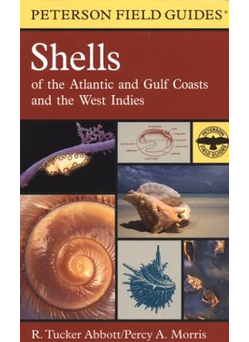



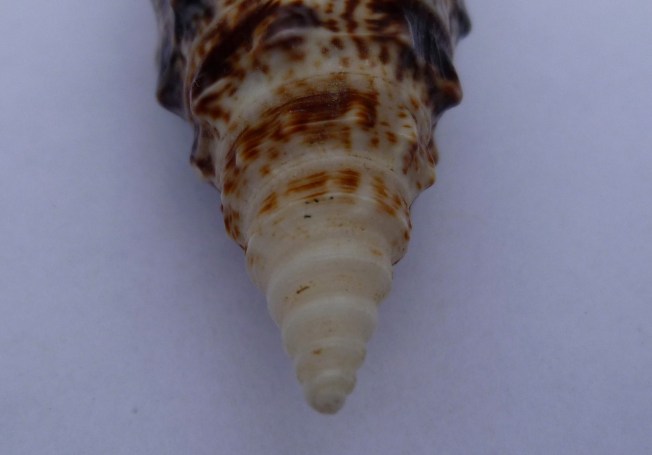










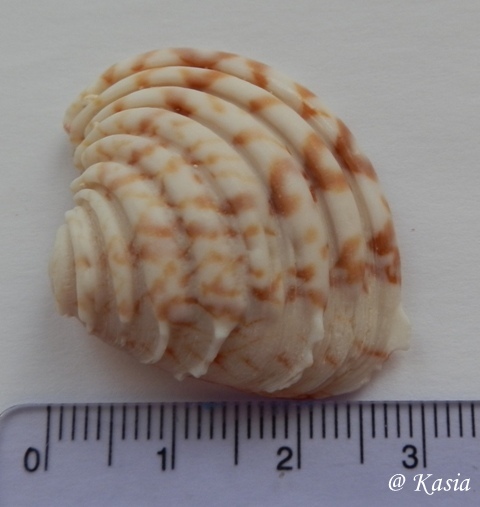


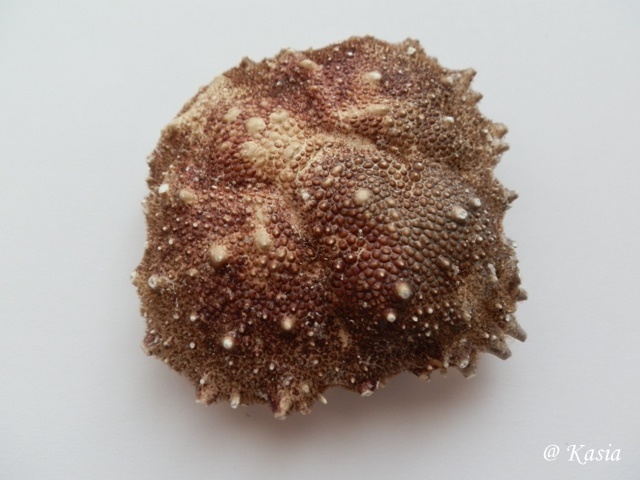












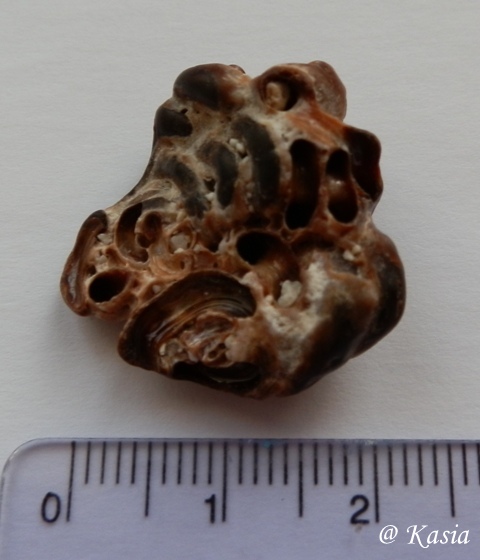
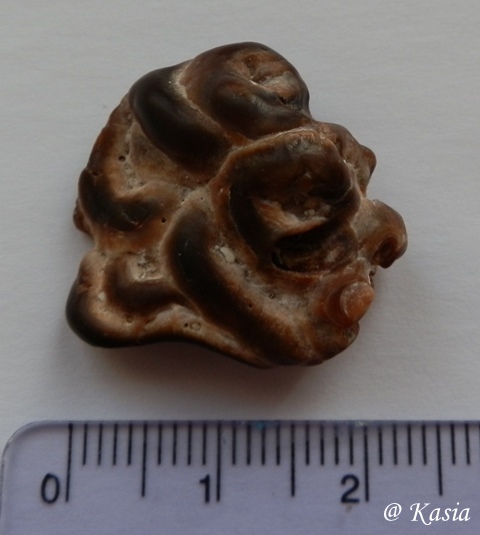




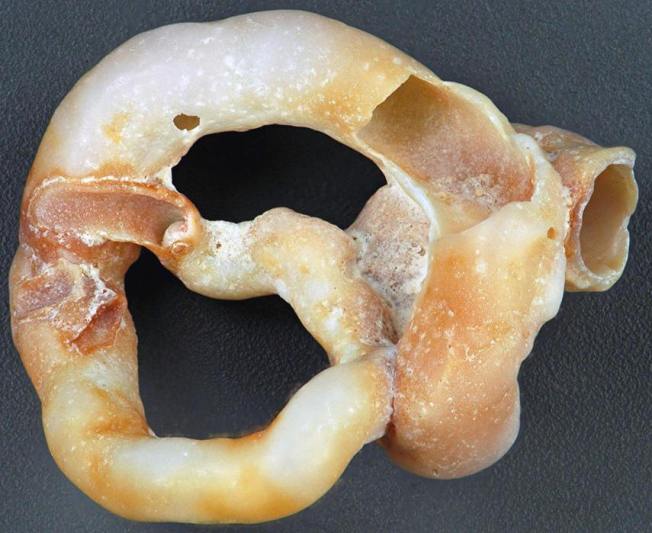
You must be logged in to post a comment.